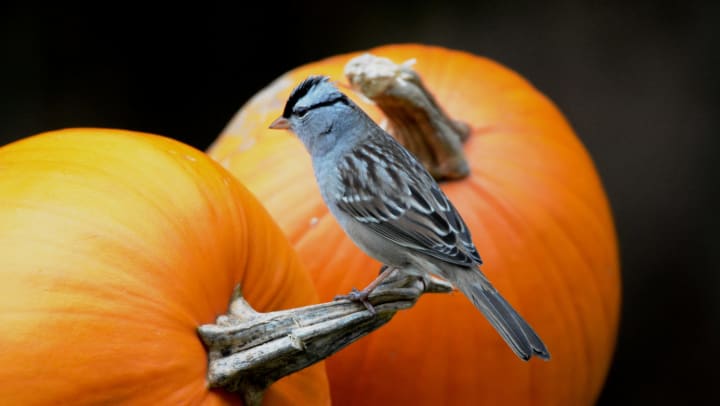October marks the arrival of some new feathered friends in the Charlotte area. Look for a word from these little birdies this season.
White-Crowned Sparrow
If you see a peaked bird head with distinct black and white stripes, you’ve just spotted the white-crowned sparrow. They’re fairly common passerines (song birds) to spot as they migrate across most of North America starting in early October. Look for these Charlotte visitors low to the ground. They tend to forage in lower brush for seeds, plant parts, and the occasional insect.
White-Throated Sparrow
If you think you’ve spotted a white-crowned sparrow but noticed a peculiar yellow spot above the eye (called a lure), you might actually be seeing the white-throated sparrow. Take a closer look under the small beak for a white patch that marks this passeriform species. The white-throated sparrow tends to hang out in groups in low brush, although they also enjoy stopping by birdfeeders.
Dark-Eyed Junco
If you see a paint-dipped bird with a full white underbelly and dark gray head and body, you’re probably looking at our Canadian visitor, the dark-eyed junco. The females are lighter in color and sport a bit of brown. They’re frequent feeder visitors, and, if you’re lucky, you might see a territorial male stick it’s tail straight up to show it’s white “V.”
Yellow-Rumped Warbler
If you note a passerine bird with a trill long-winded song and yellow rump you’re likely looking at a yellow-rumped warbler. There are several subspecies in North America, some with varying amounts of yellow spots on the crown, chest, or throat. The only way to know for sure, male or female, is to spot the yellow patch of feathers at the base of the tail.
On the hunt for more cool things around Charlotte? Check out The Palmer blog.


